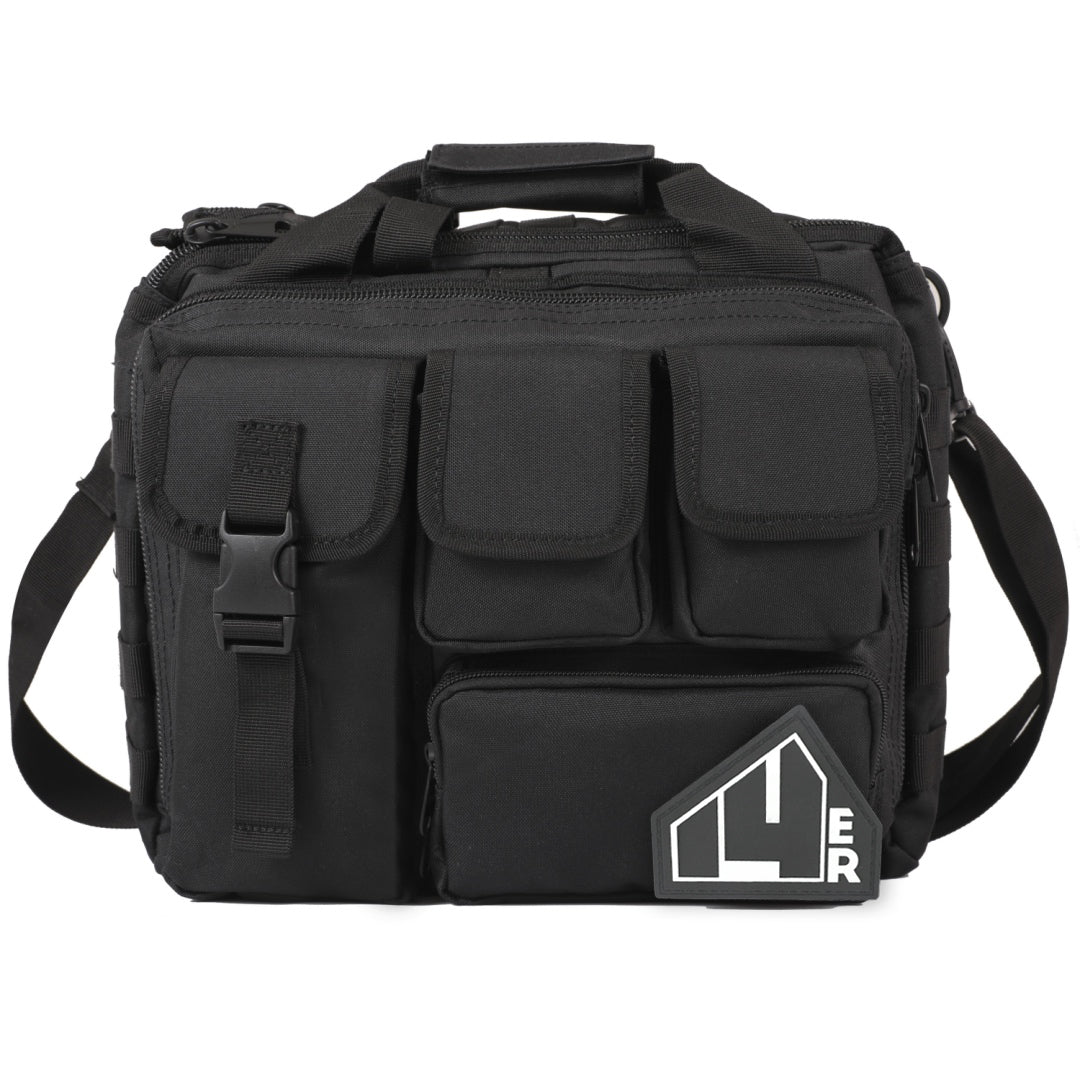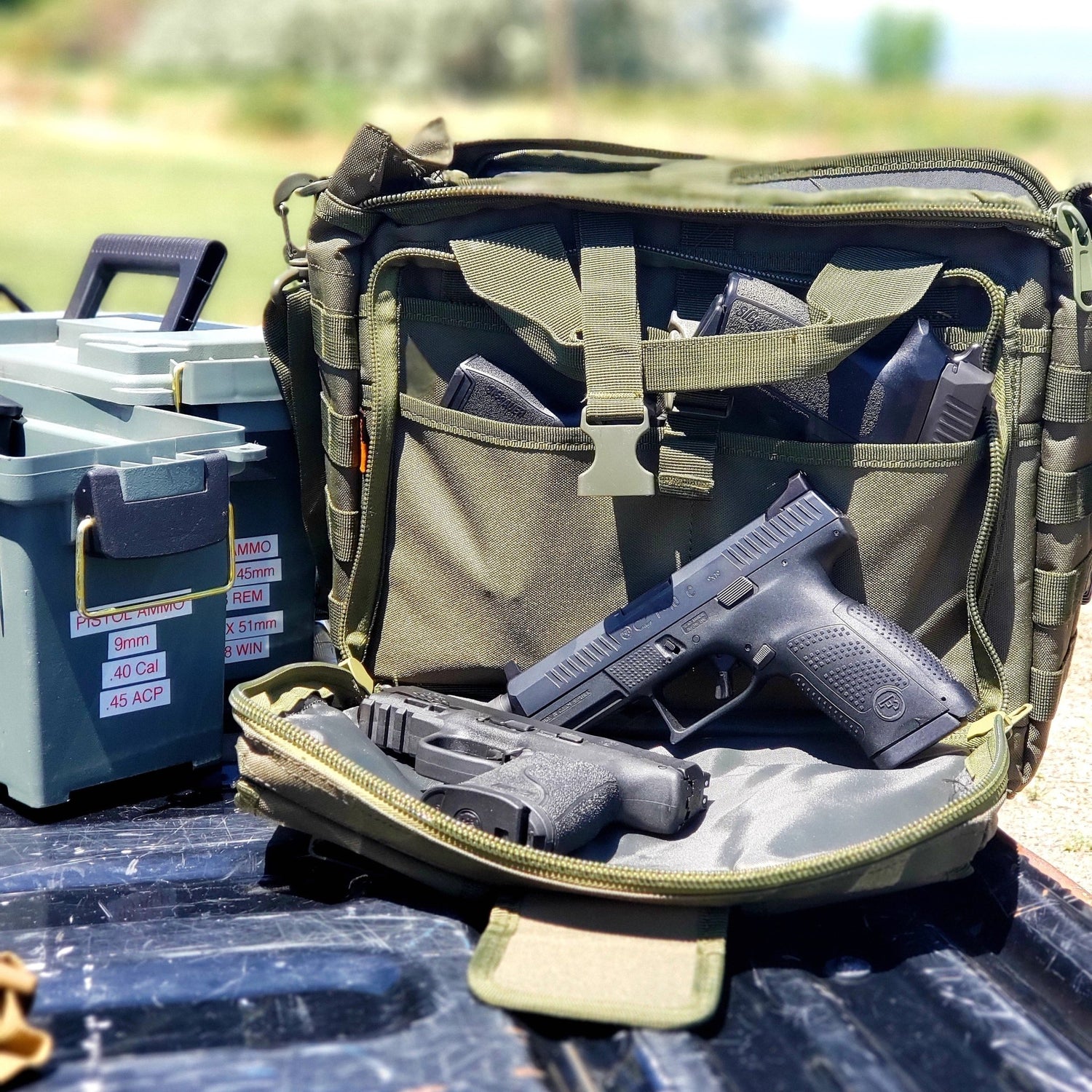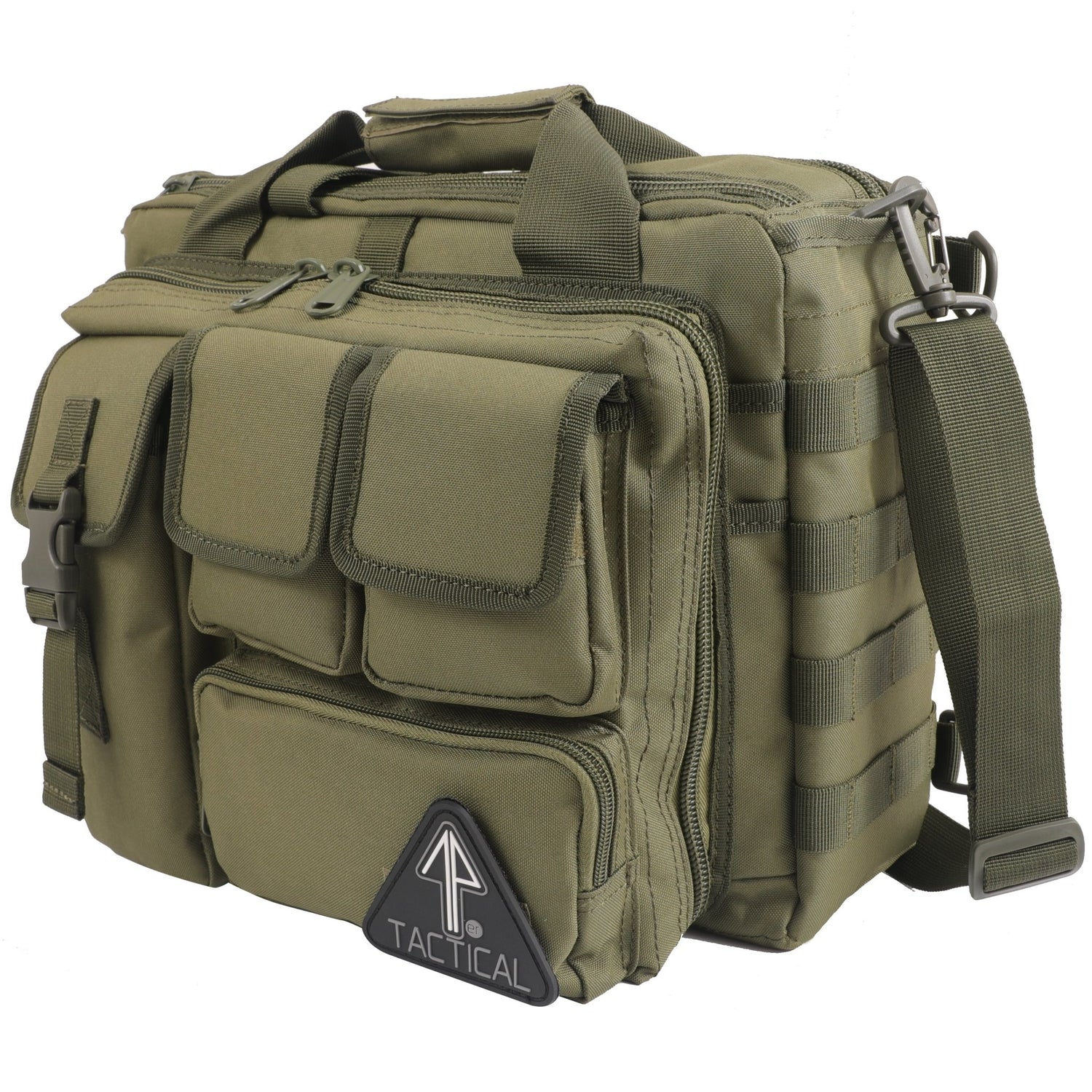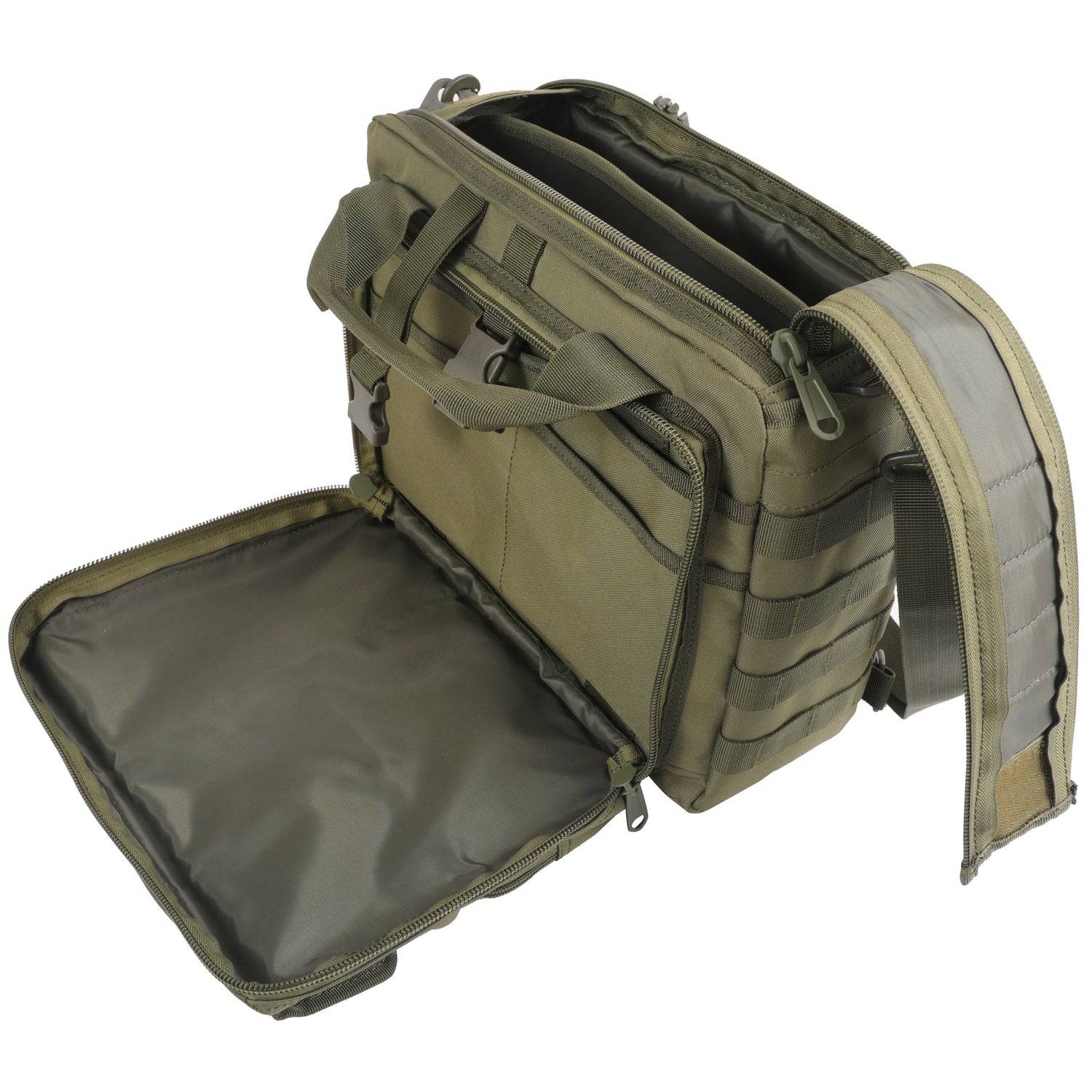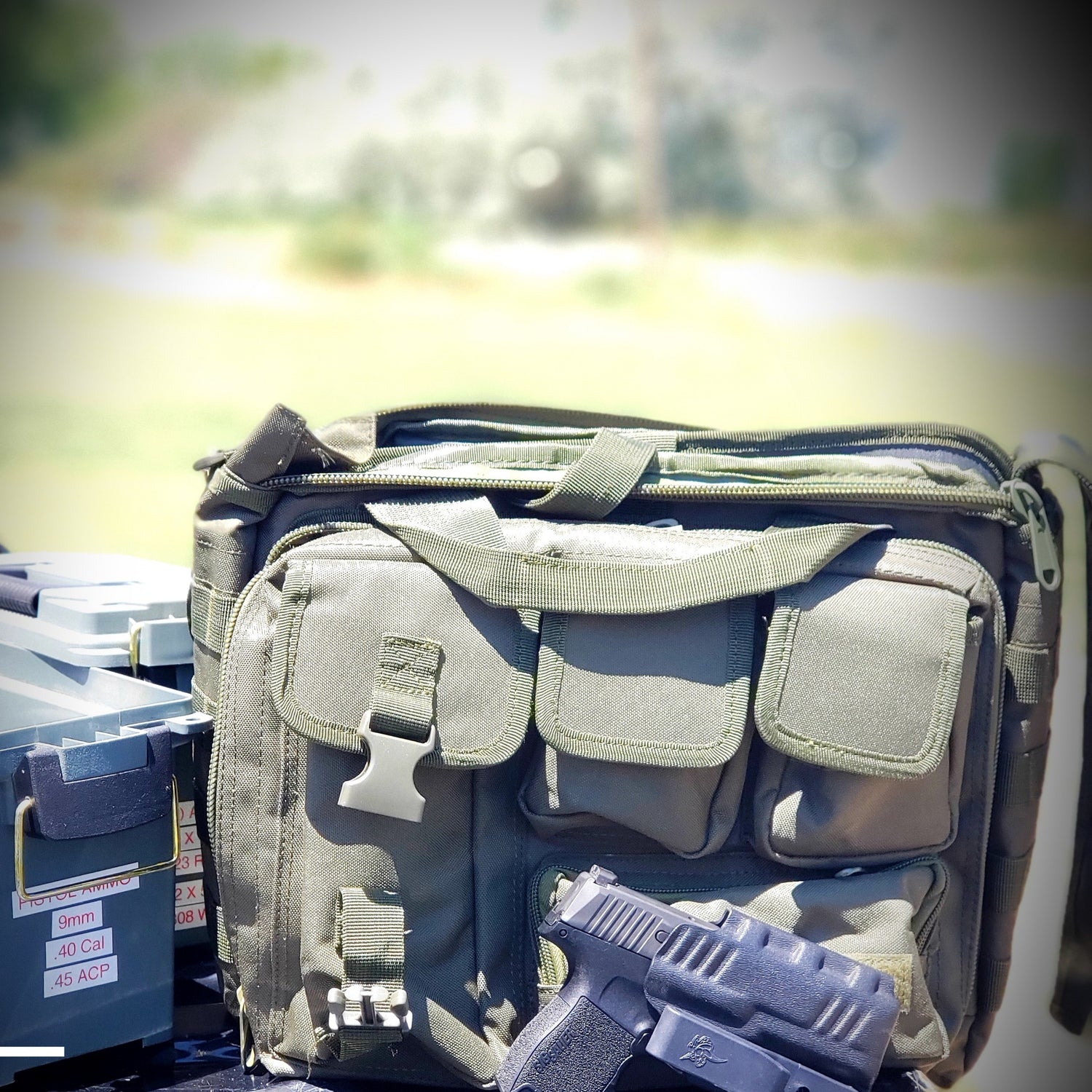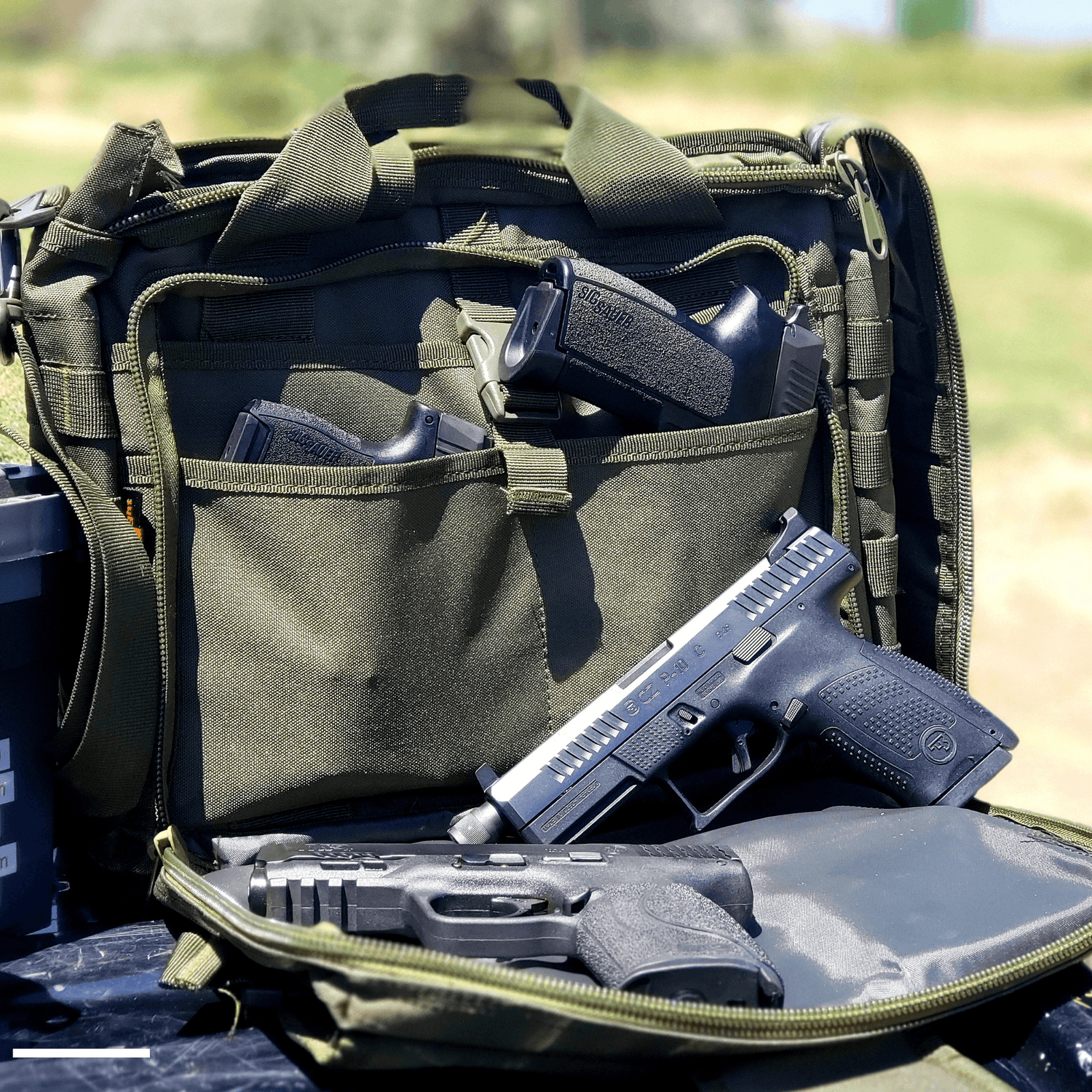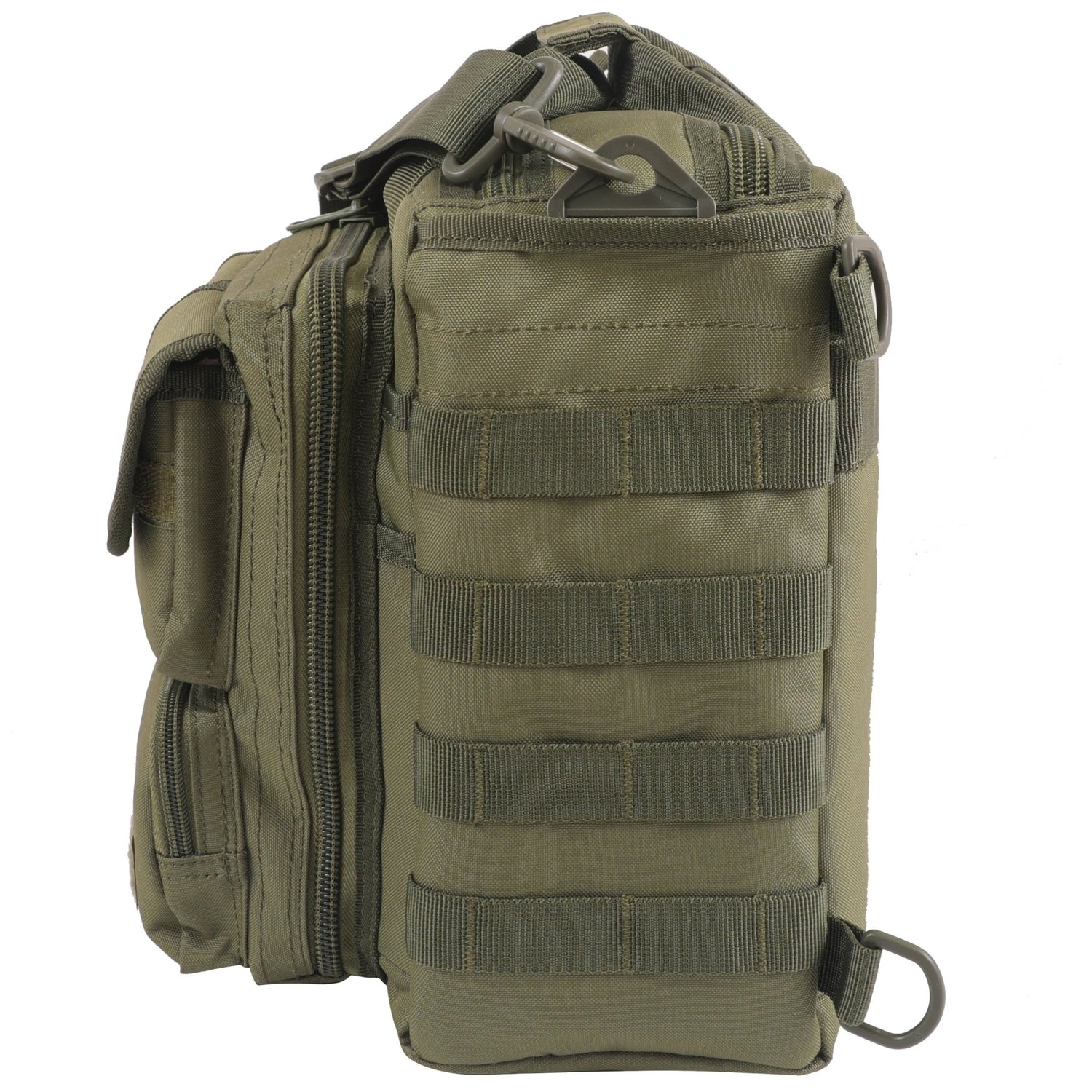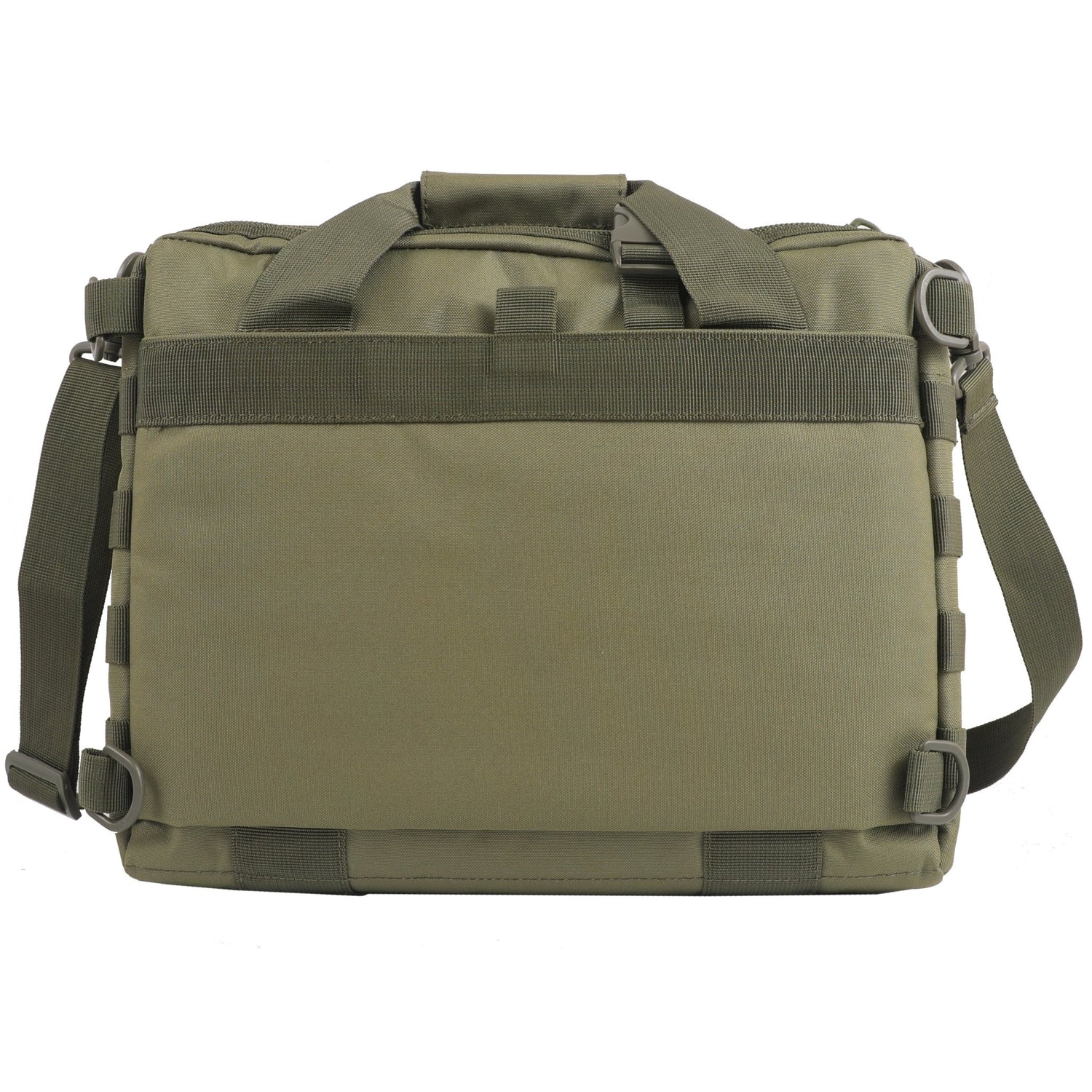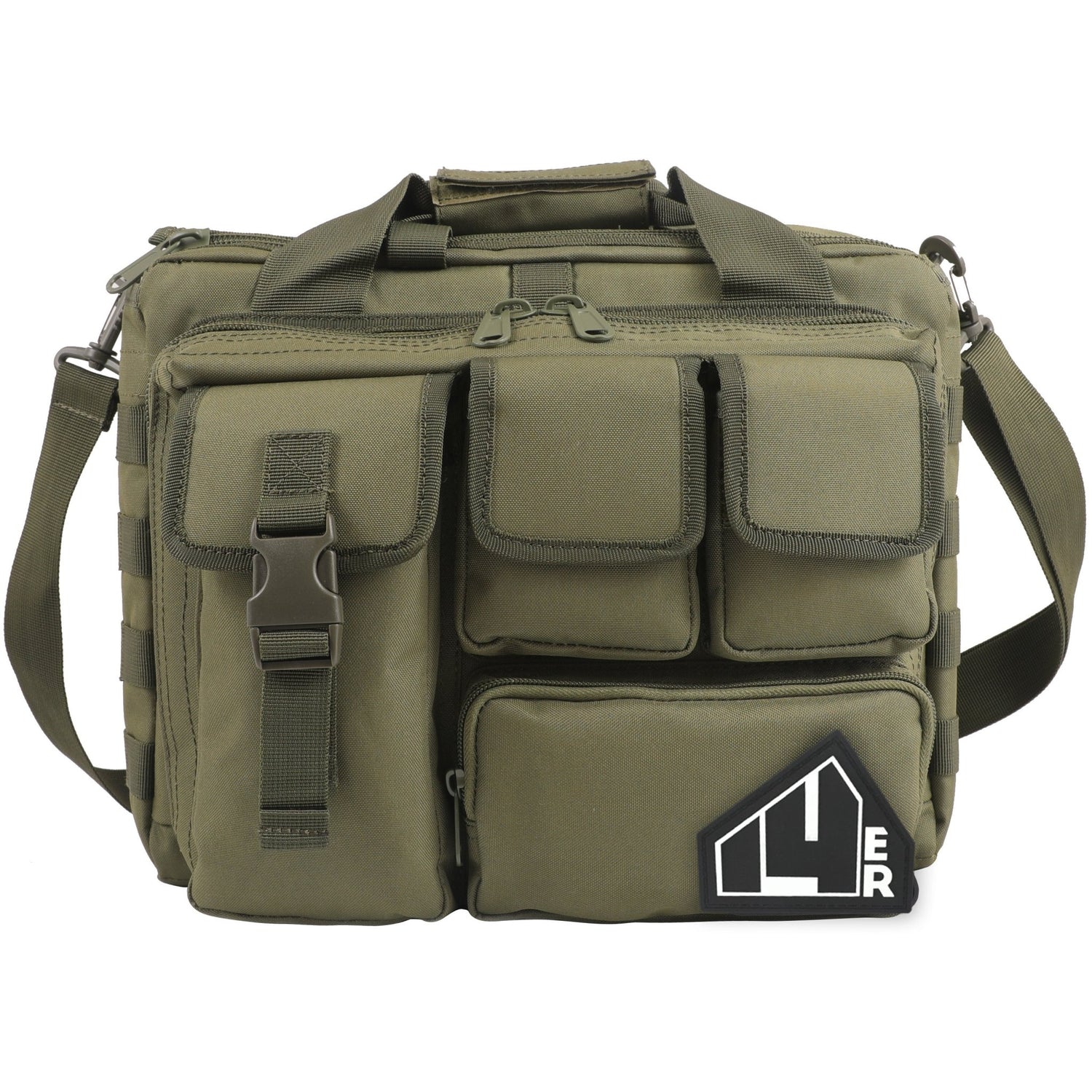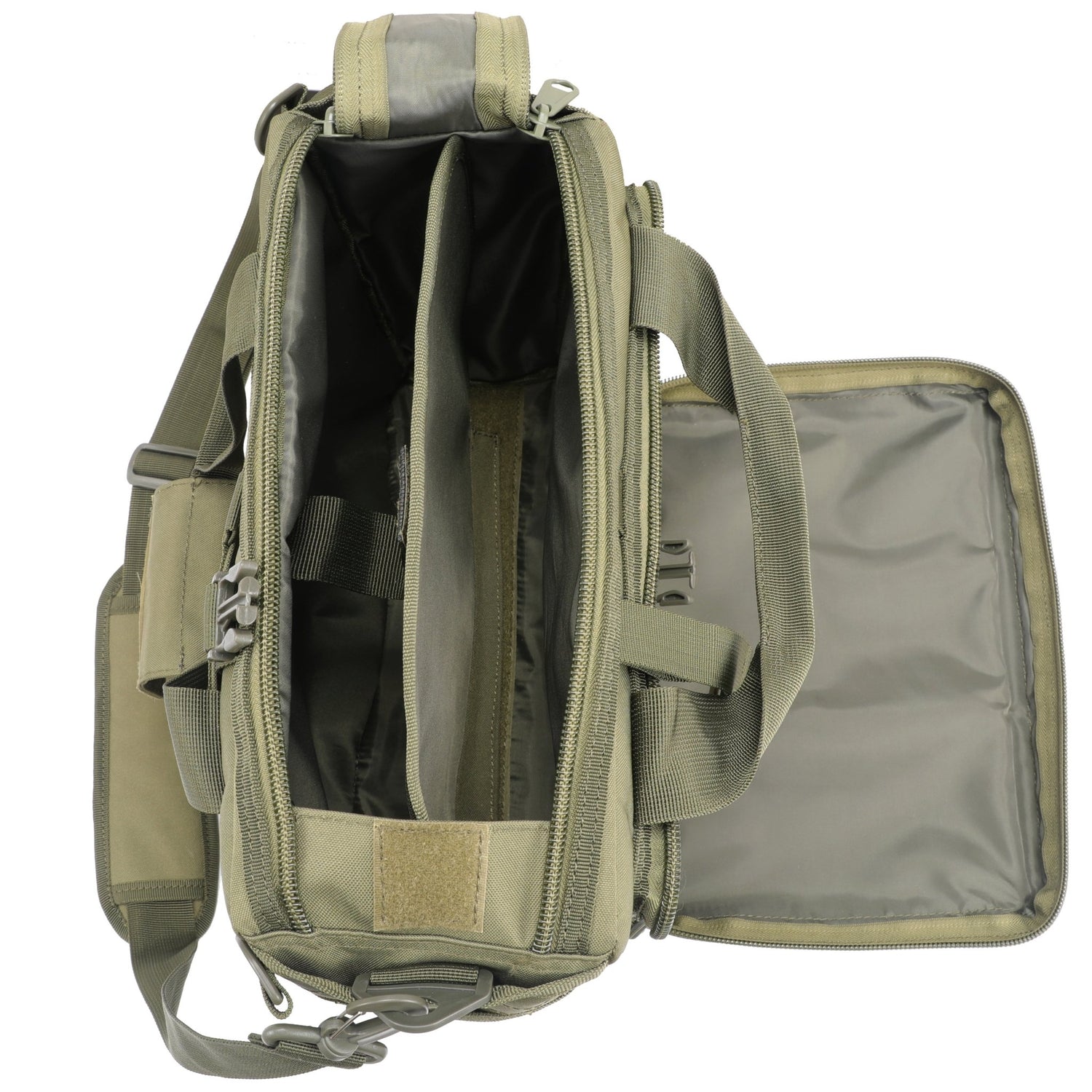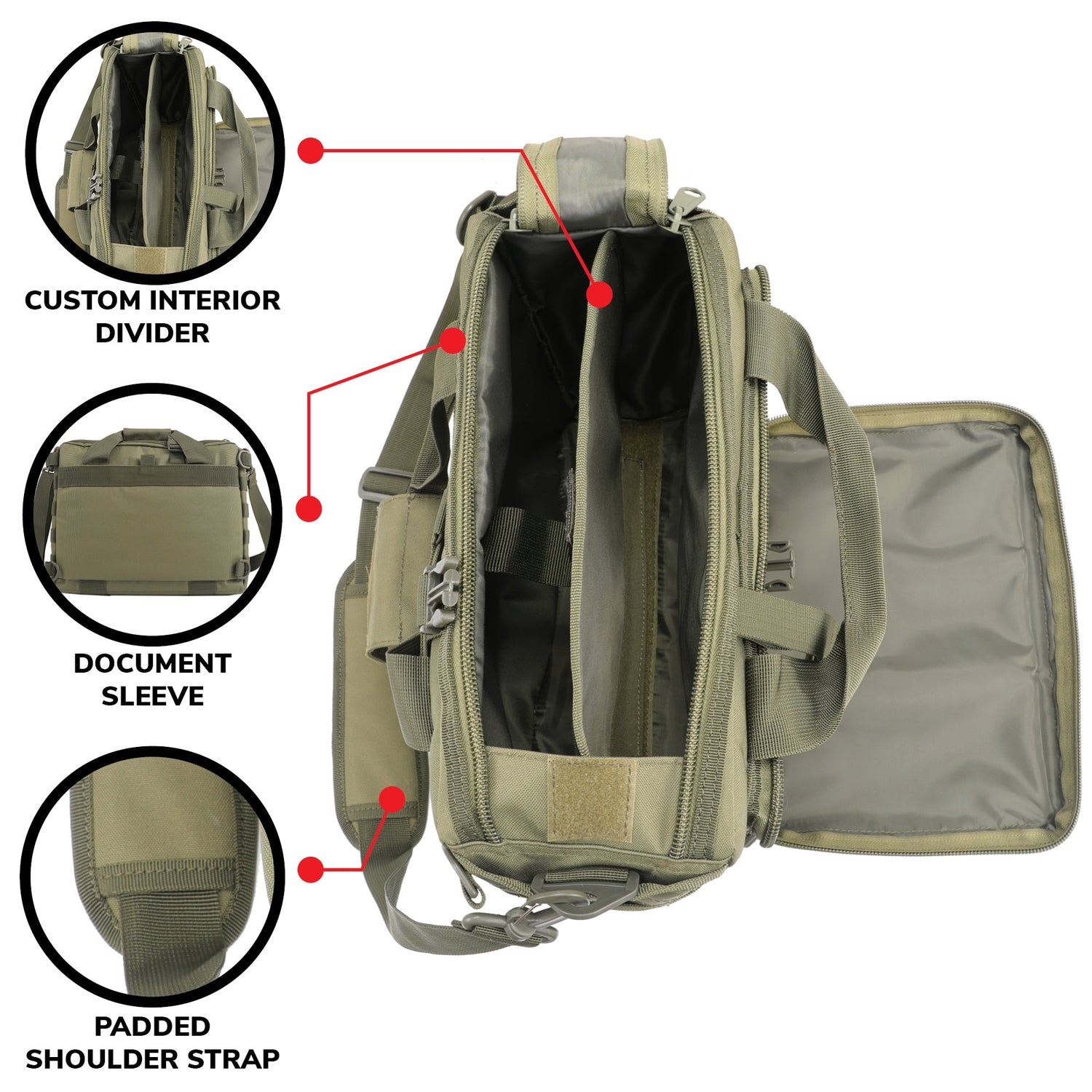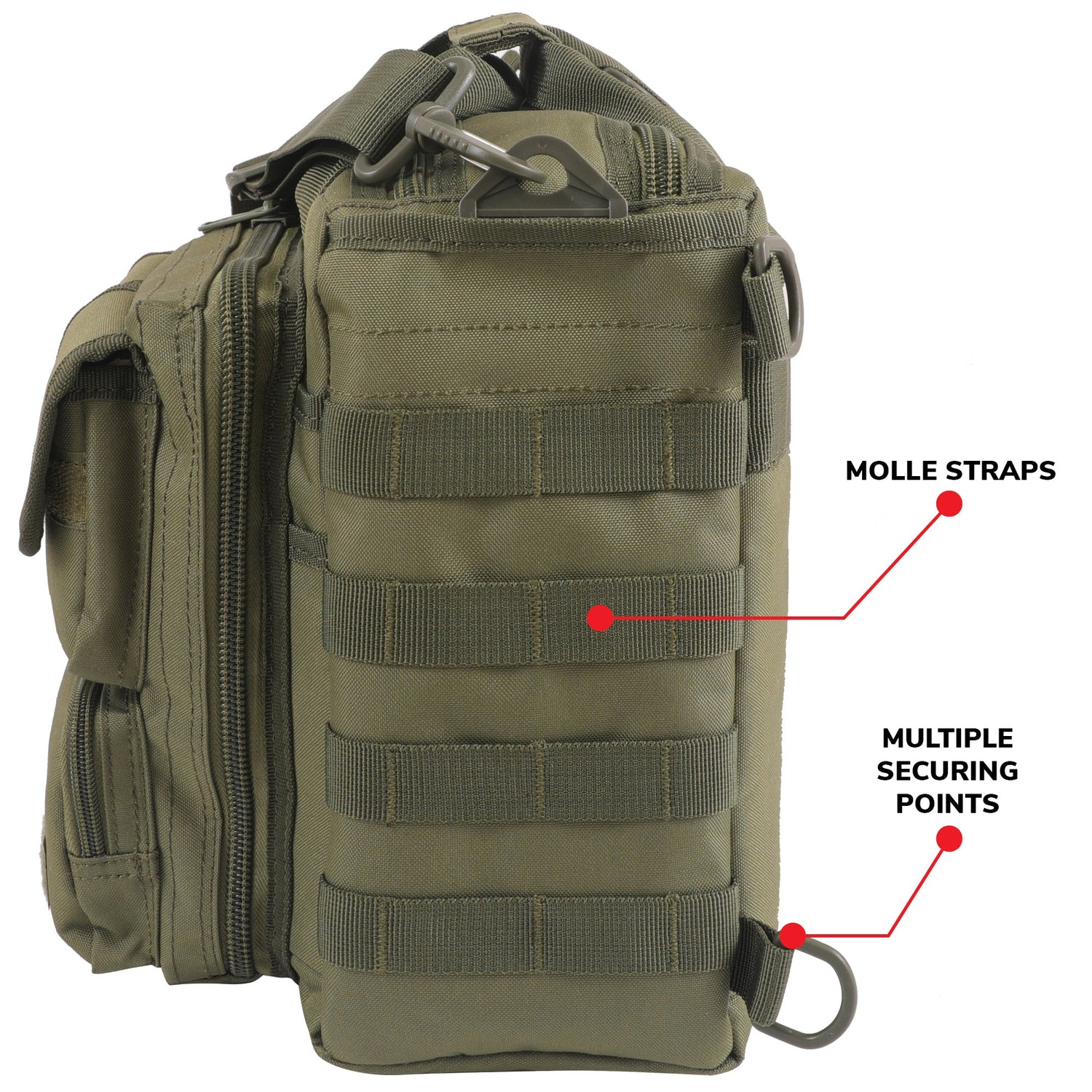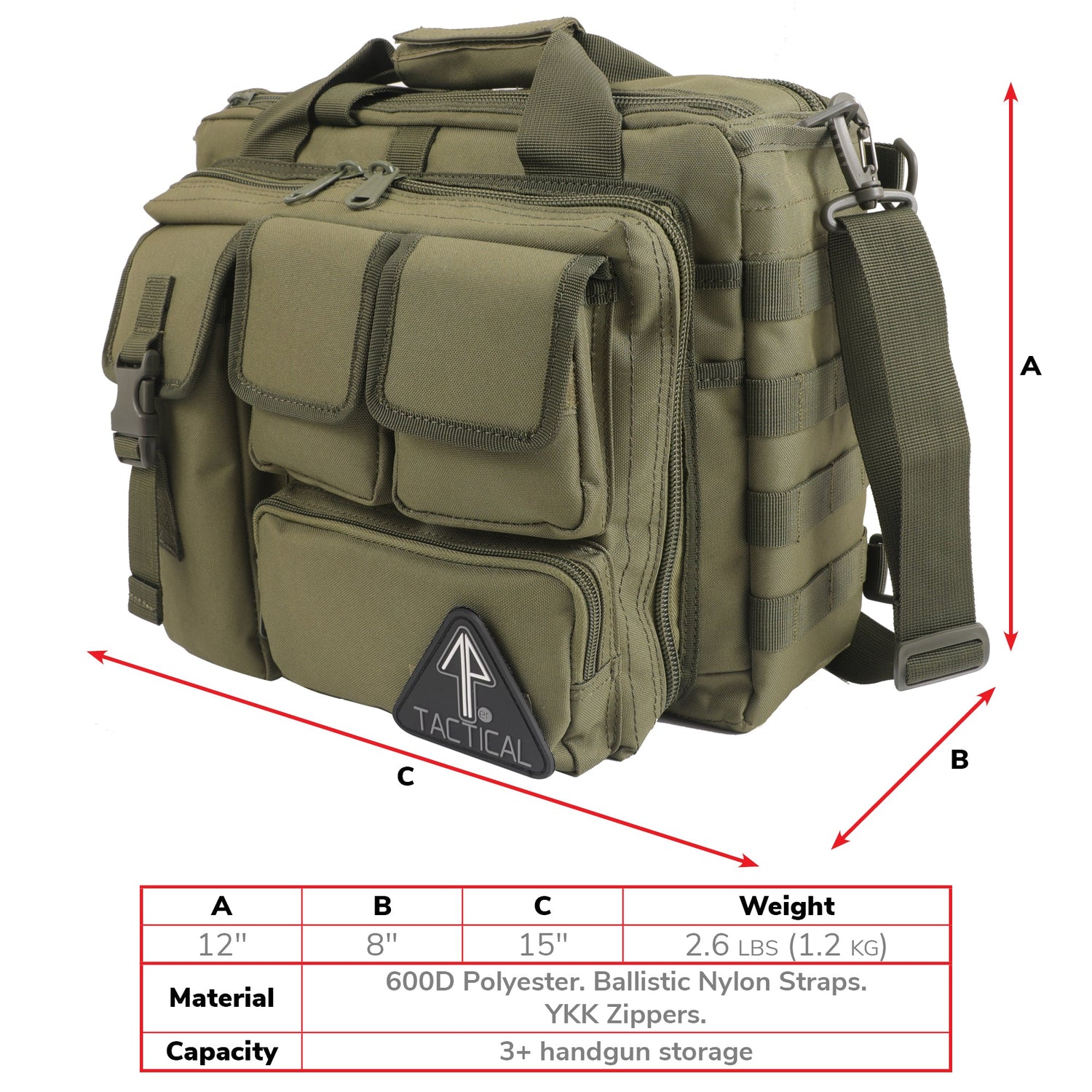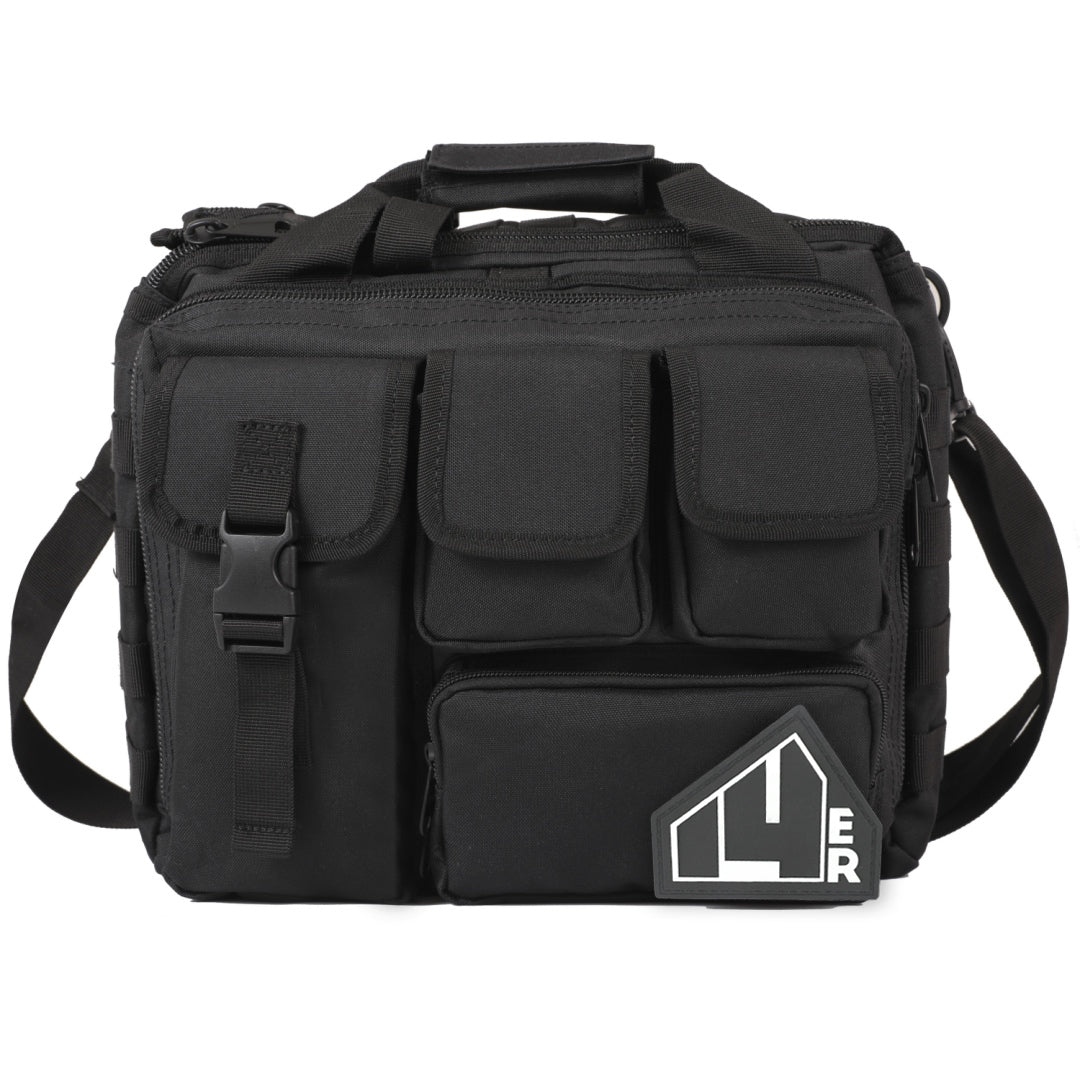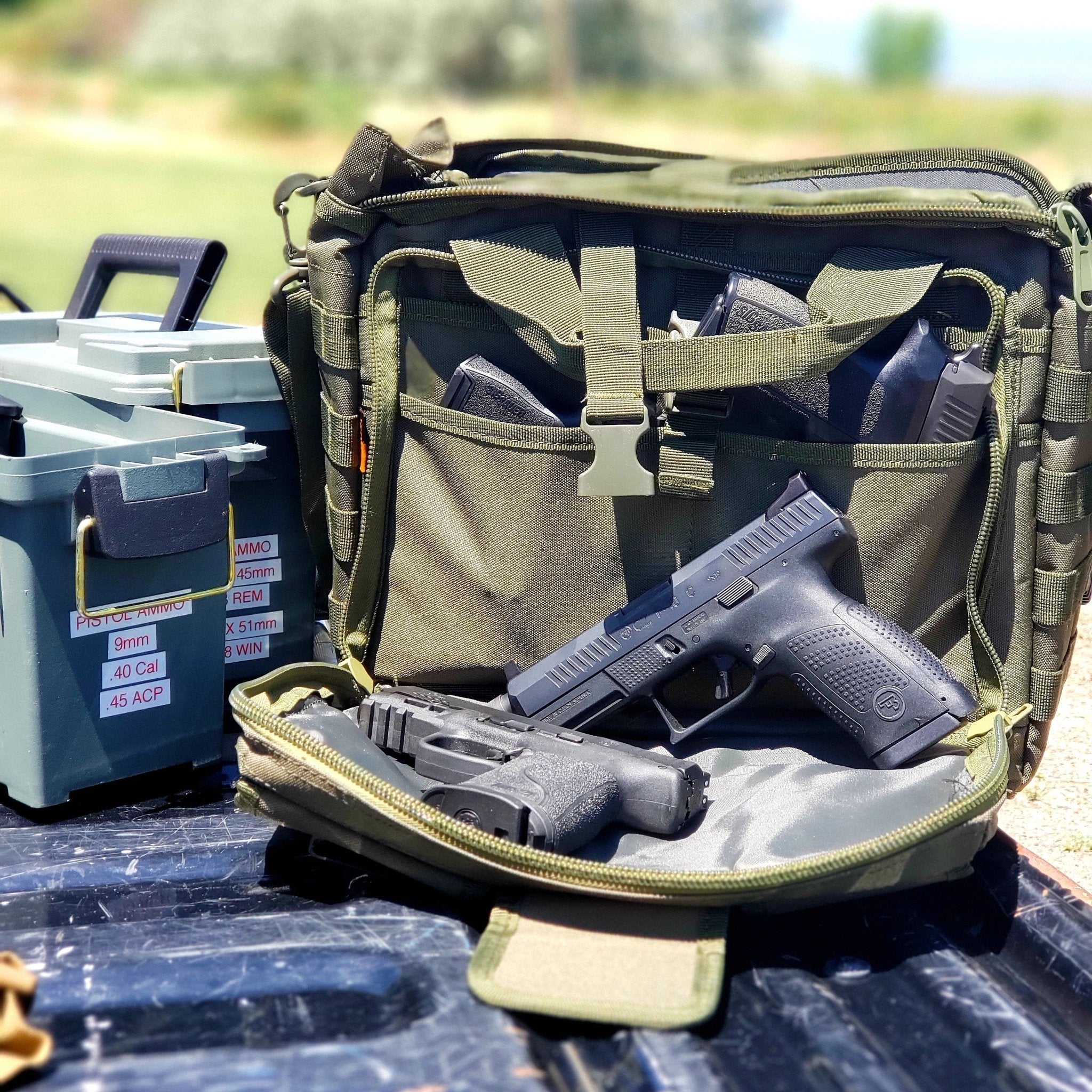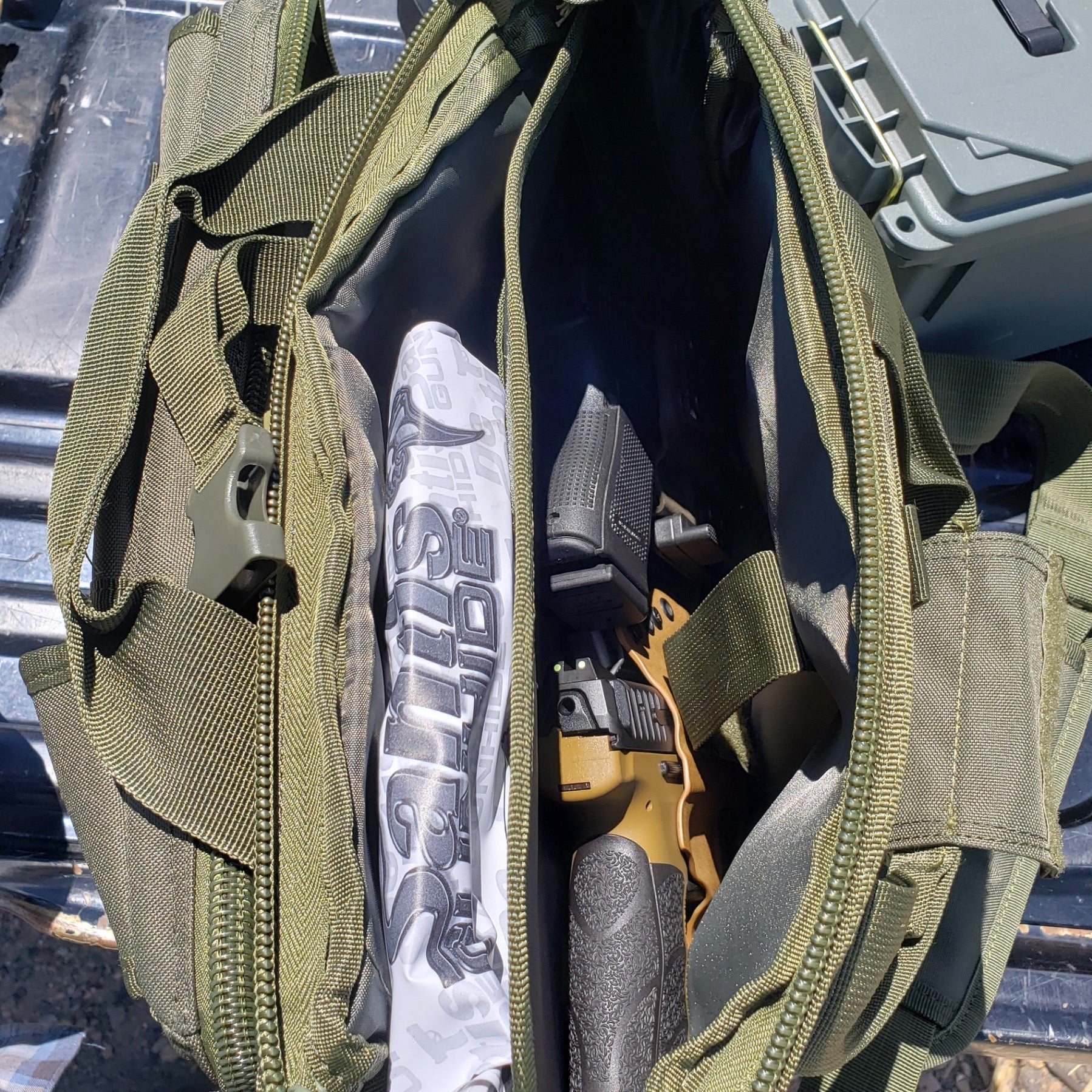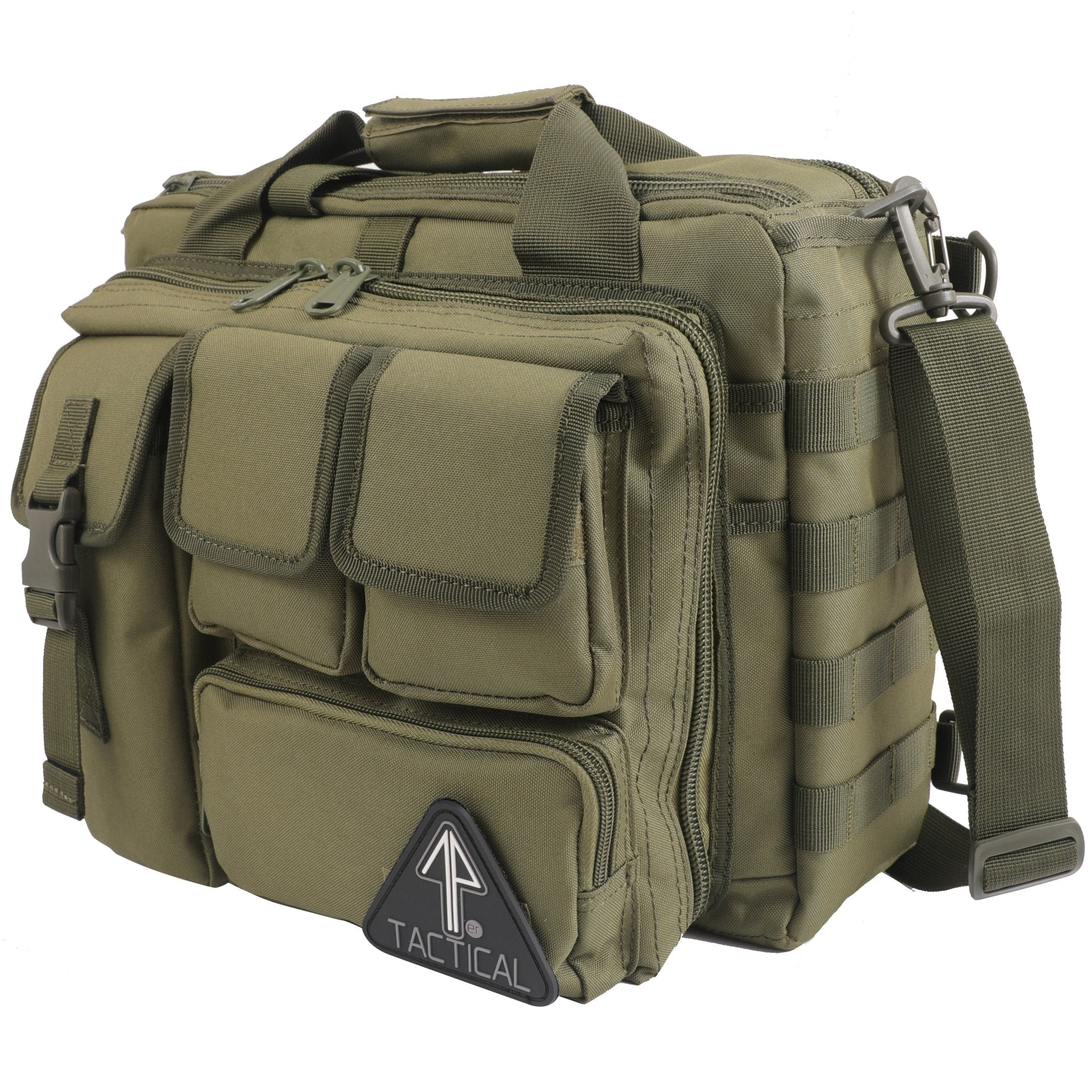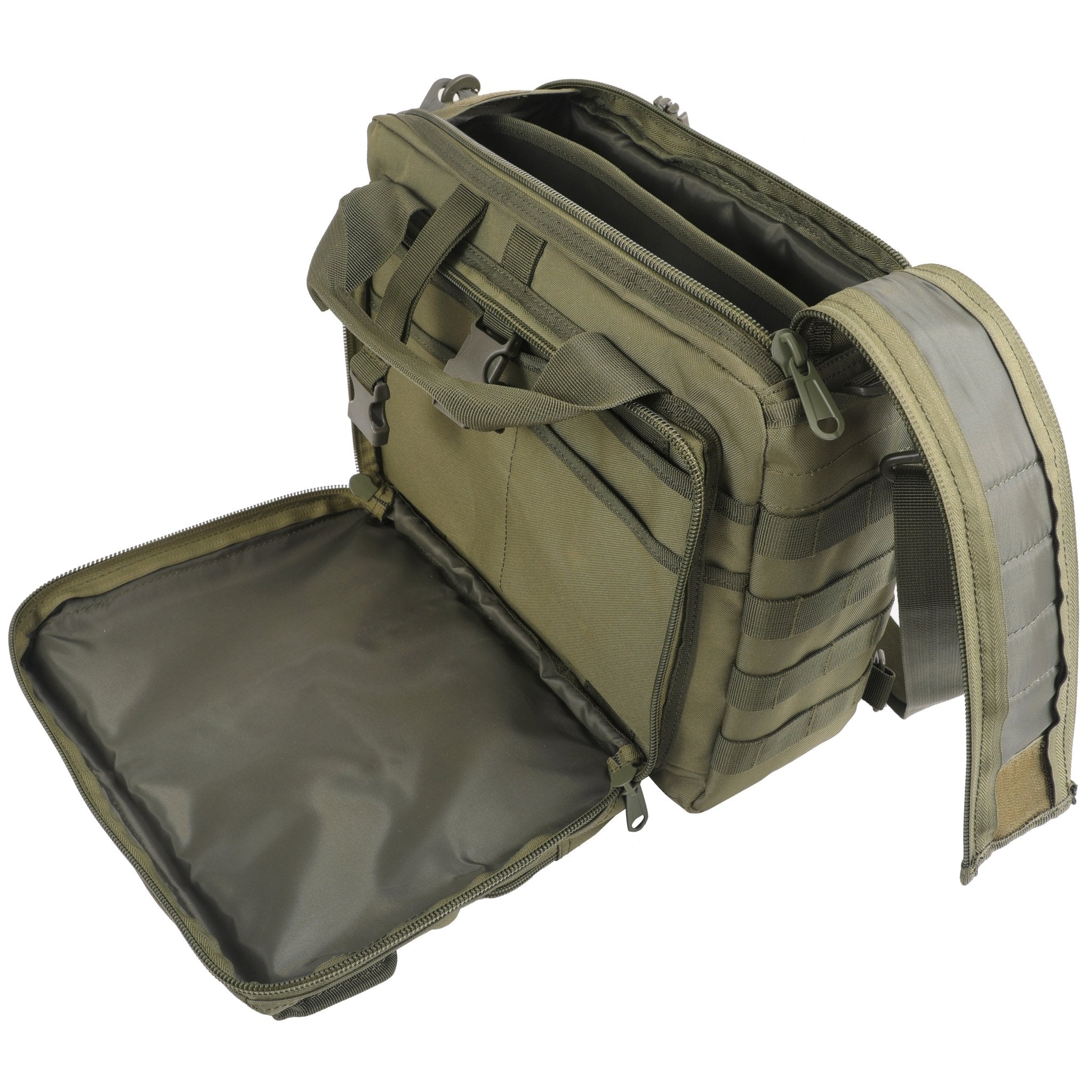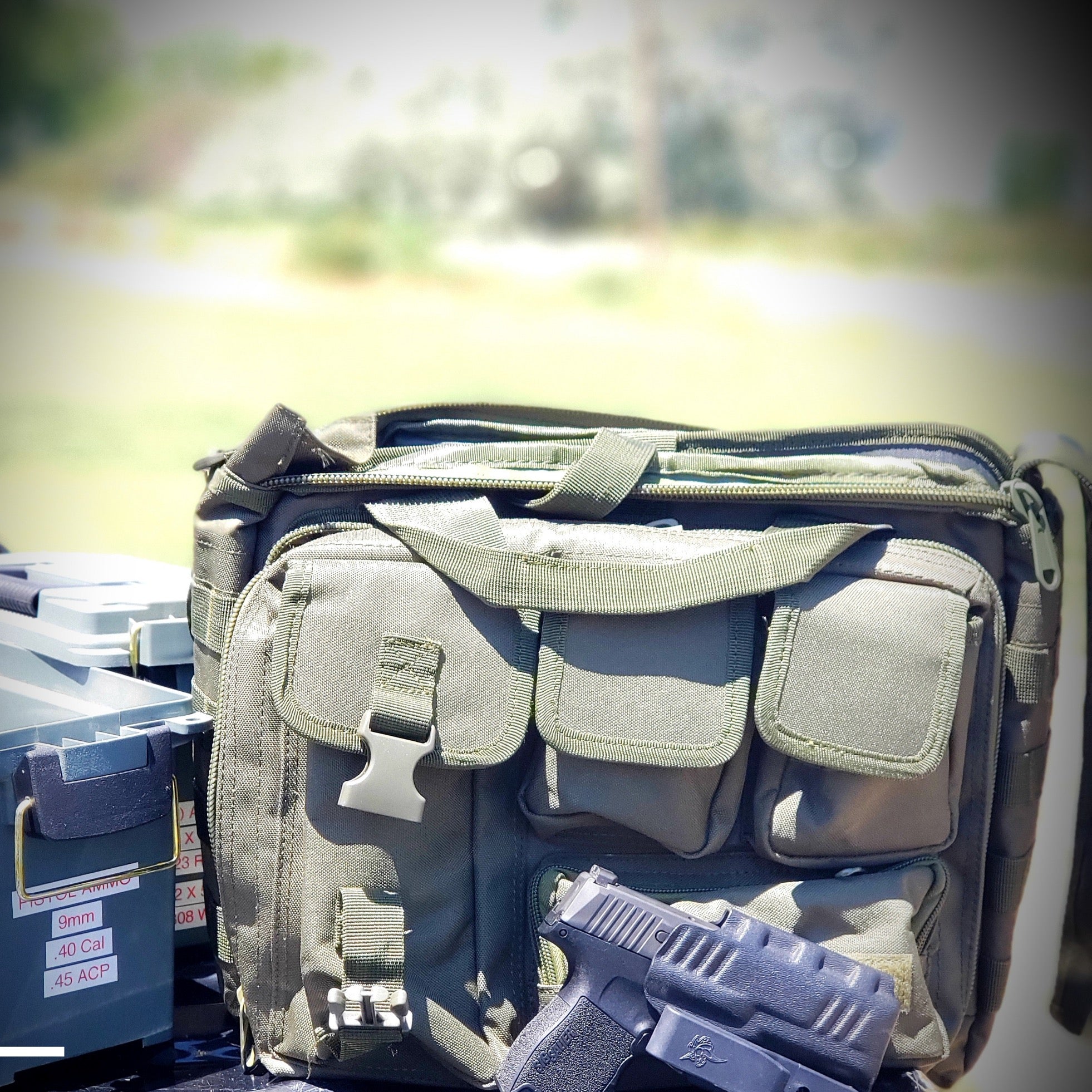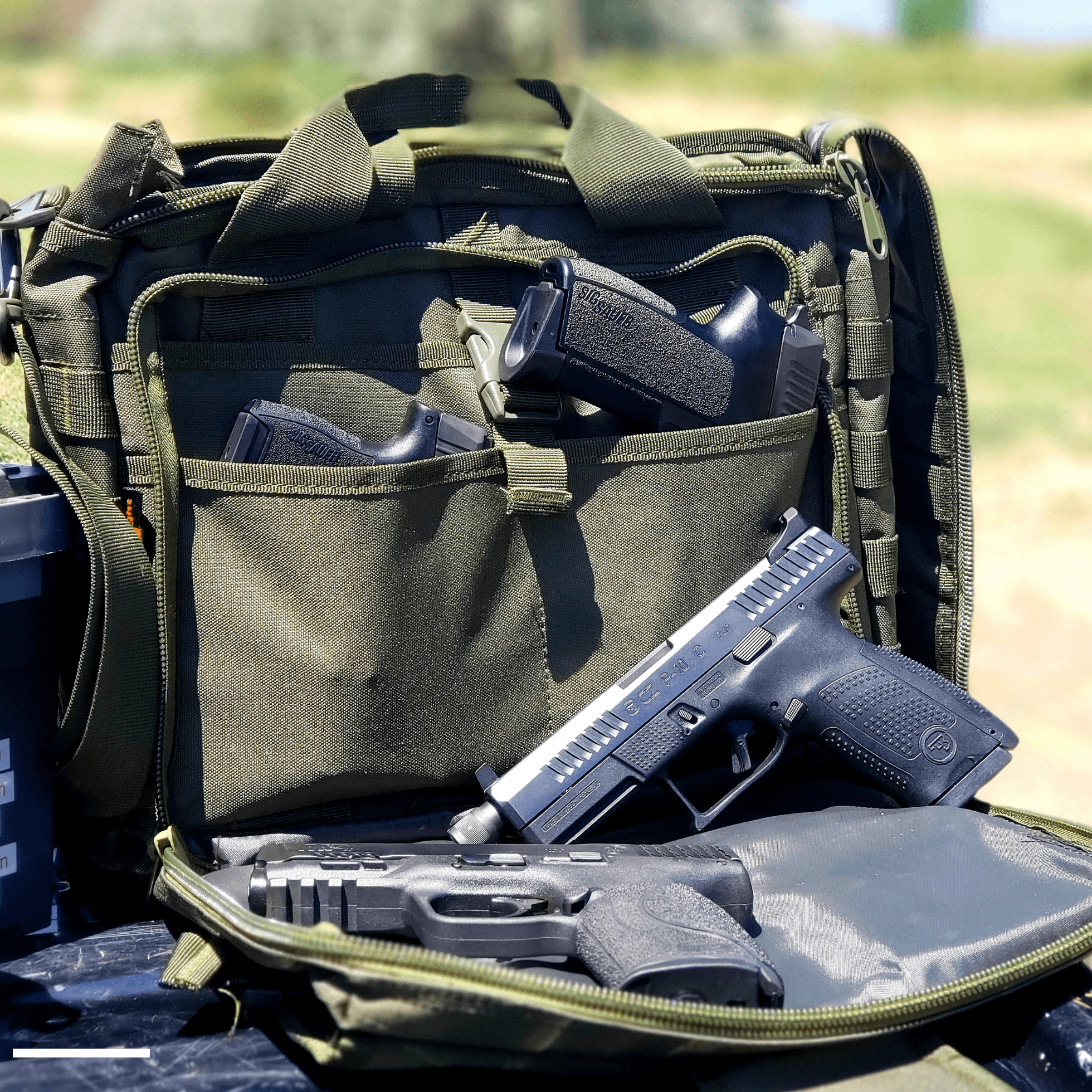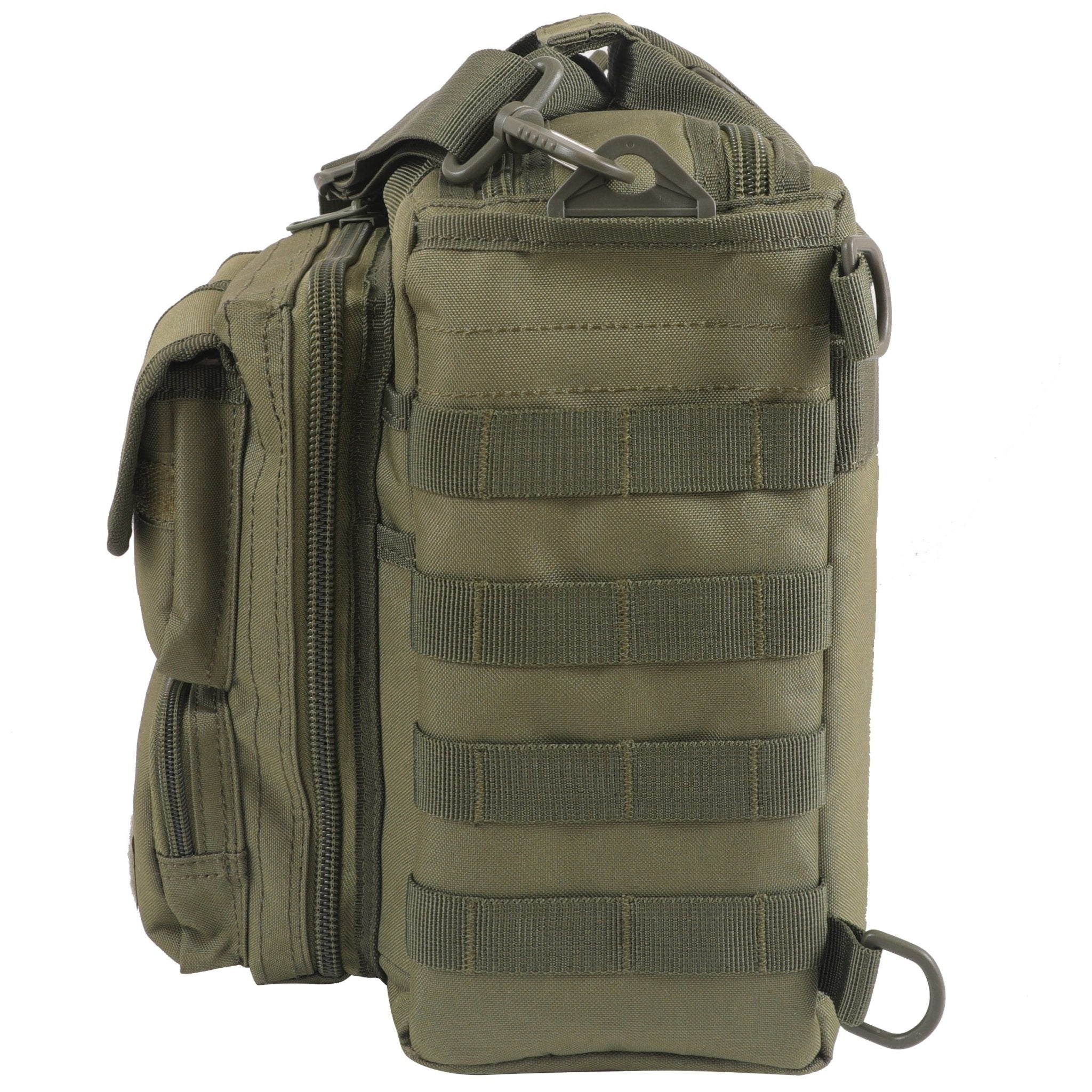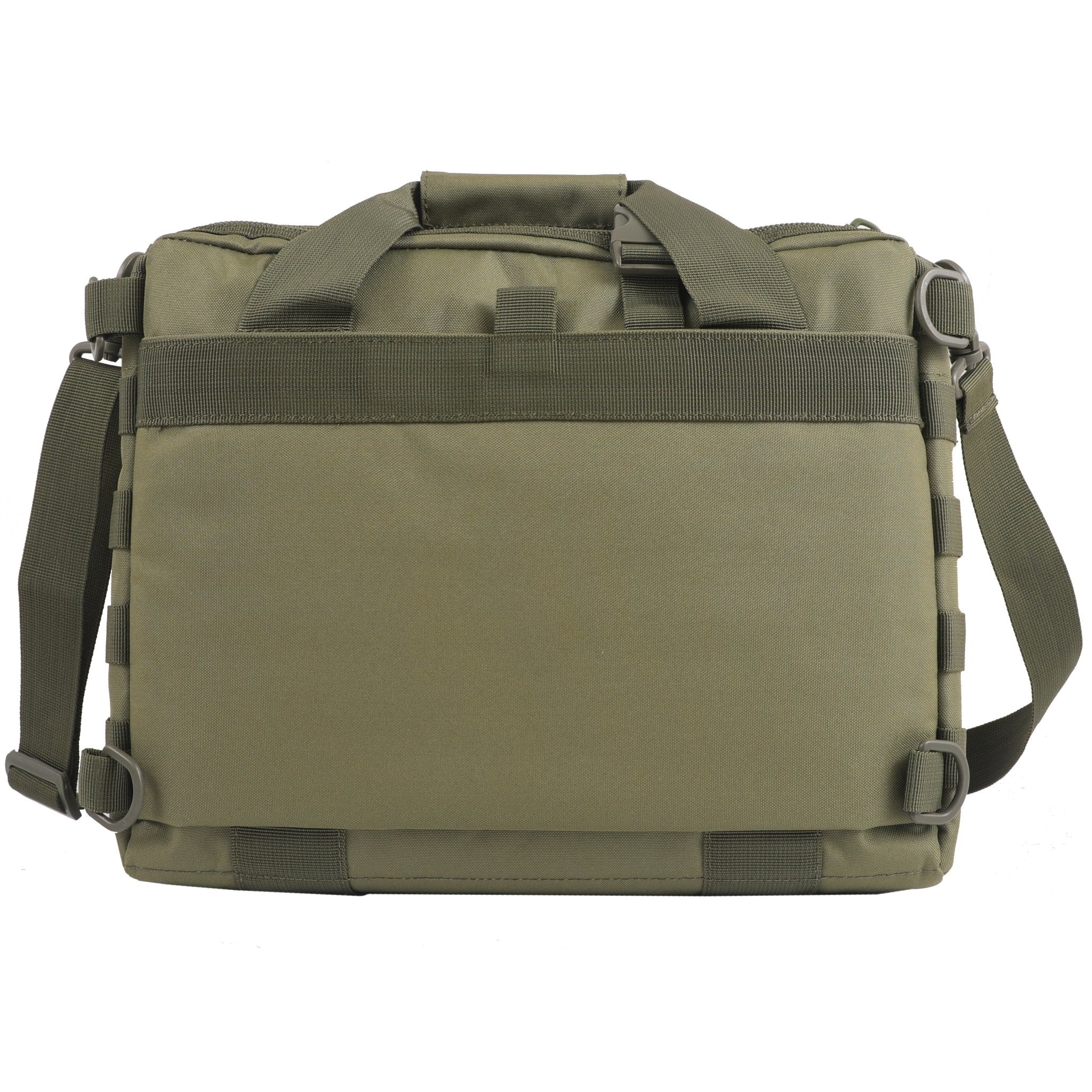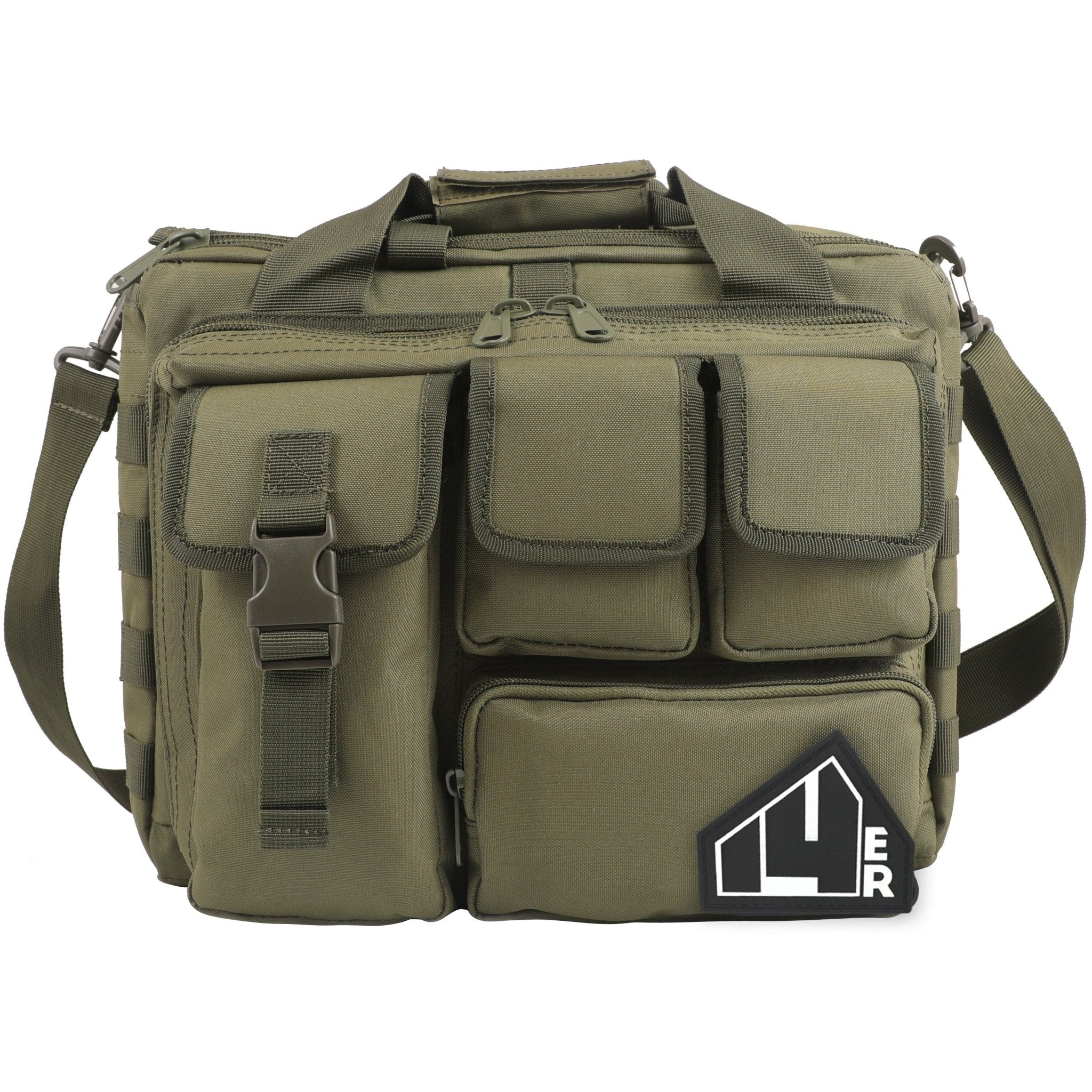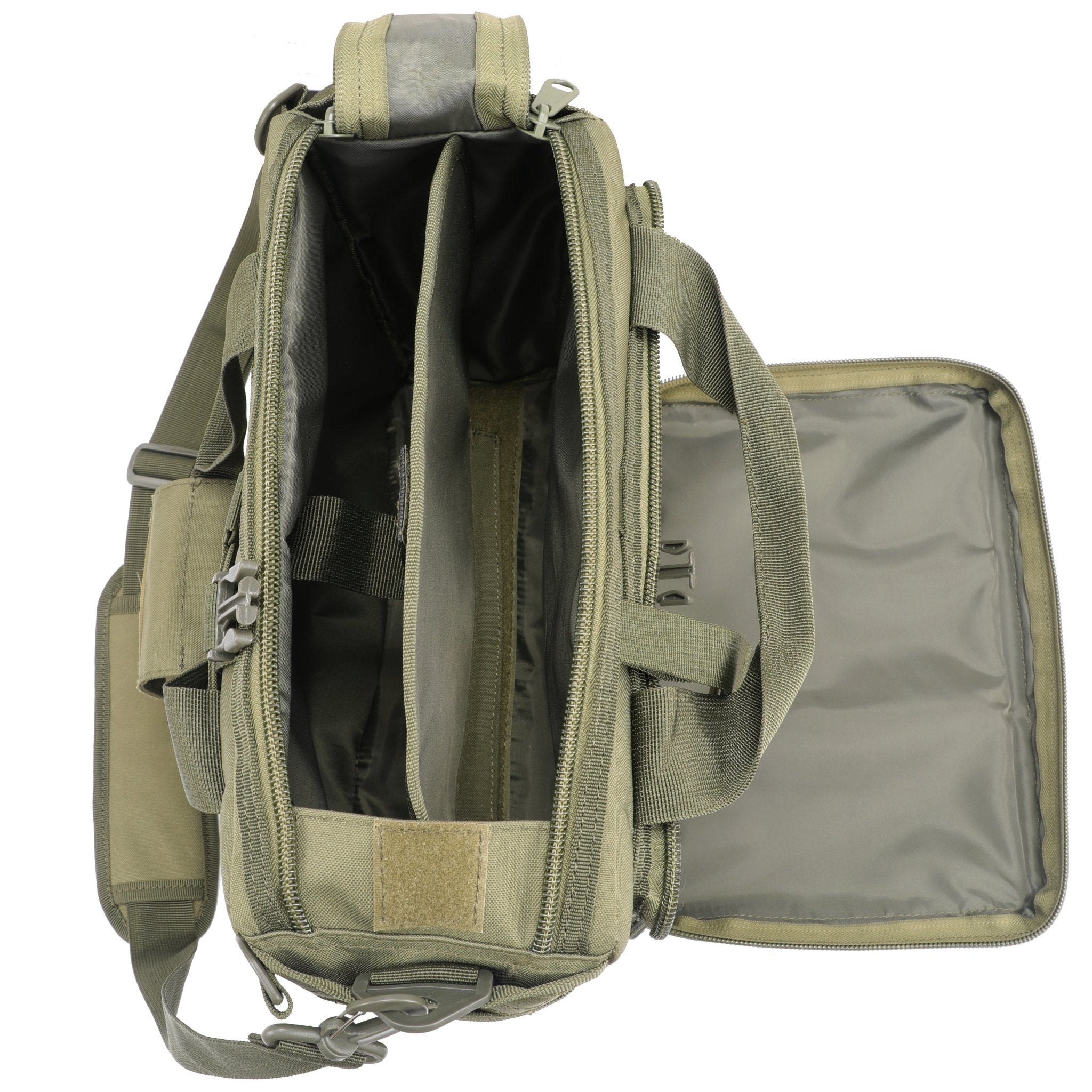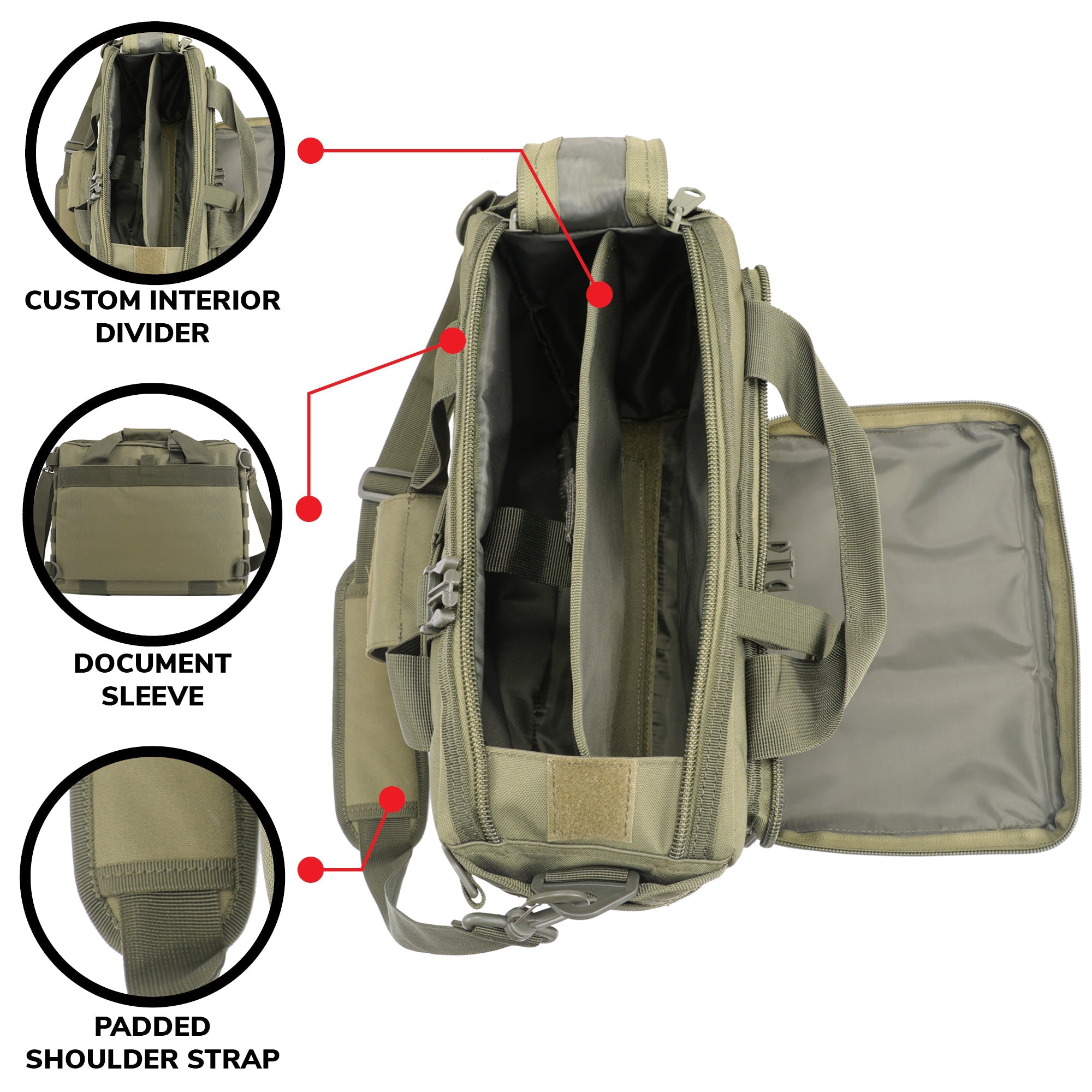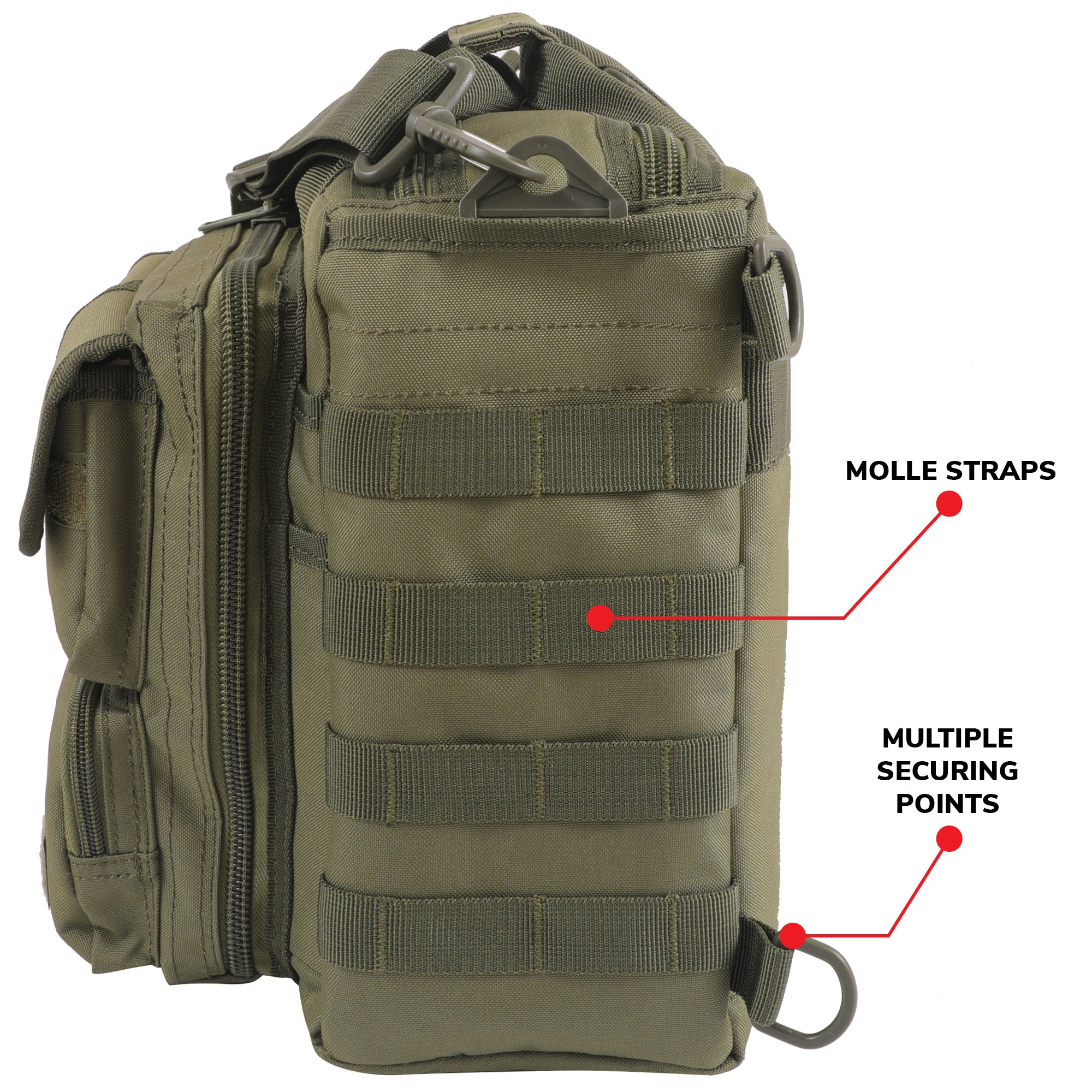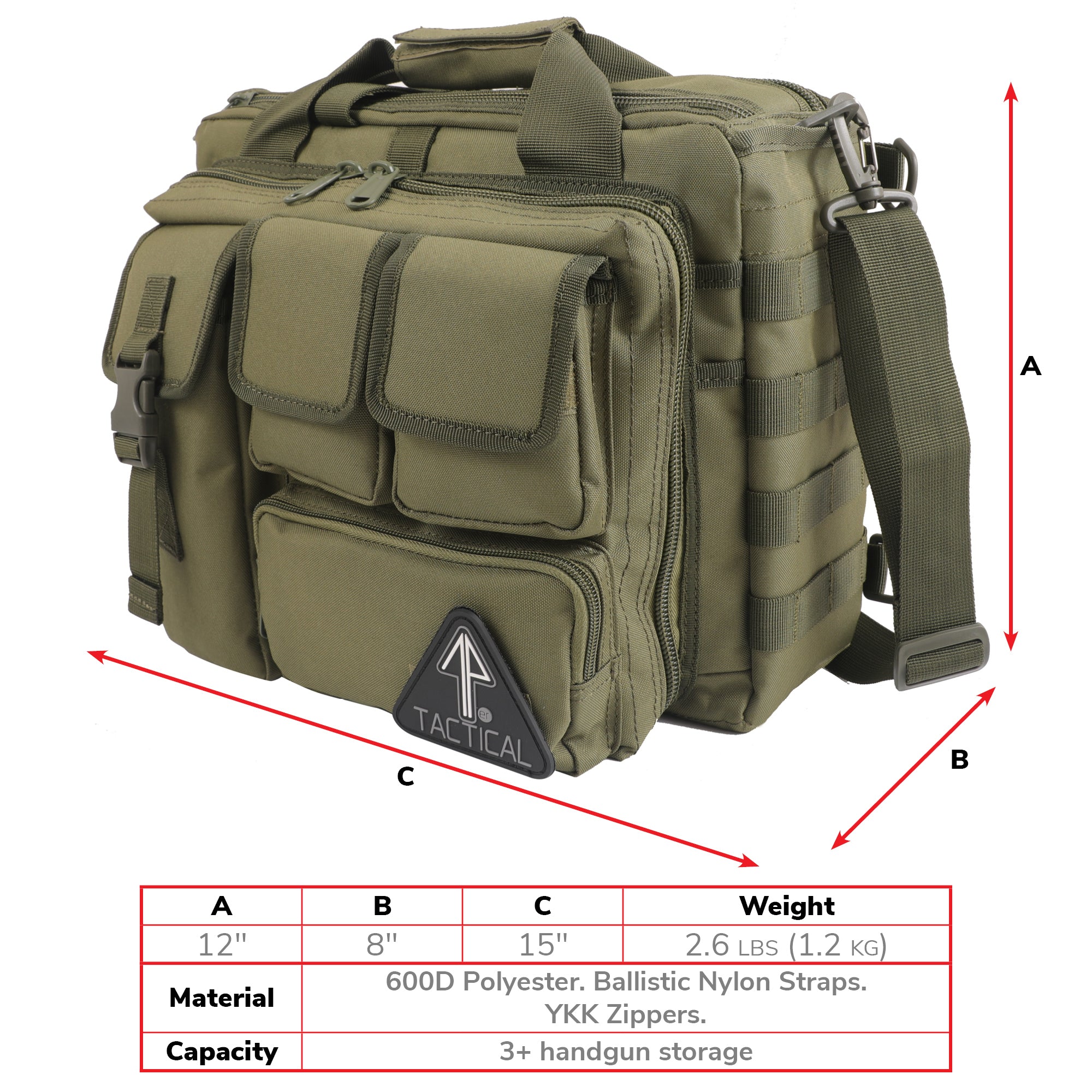
The tactical individual is an organized individual. You have to be. Readiness means you know where your essential gear is at, whether that means a firearm or first aid kit—and being able to deploy it with the utmost expediency.
And that means you’ve got to have some kind of organization at play. “Everything in its right place”—or else whatever works for you. But to be perfectly honest, appearing to be disorganized (even if you’re not) is a bad look, and it doesn’t signal “tactical competence” to the people around you.
It’s especially noticeable at places like the firing range. Going there with disorganized equipment, poorly secured with little regard for firearm safety—yeah, people are gonna comment on that, and not in a good way. What you want to do is to appear professional. Use something like the 14er Tactical Range Bag, that’s what we’d recommend!
Why Organization Is Key
Let’s talk about the principles of tactical readiness. Everyone has a slightly different idea of what this entails, but we’ve come up with a pretty solid lineup: preparedness, awareness, responsiveness and safety.
Preparedness is perhaps the keystone of tactical thinking. It includes being fit, both physically and mentally, and trained in the skills you think you’ll need. Not just firearms training, but also threat assessment, disaster response, outdoors survival, rescue work and first aid. Getting equipped with the right gear is an important aspect in being prepared.
Awareness is being observant as well as sensitive to what is happening around you. This includes self-awareness and knowing how others are likely to see you and respond to you. By appearing to be professional and competent, you are more likely to be seen as a leader or at least someone who’s dependable in a tight spot. This is where looking organized (and actually being organized) counts for something.
Responsiveness refers to taking immediate action in response to the current or emerging situation. An organized approach can help you enhance responsiveness. It means you don’t waste time finding the gear you need—you can go right into action!
Safety is a principle to follow at all times. You don’t want to come to harm, and you don’t want to cause any harm. An organized approach is great for reducing risk of harm. Having a fine grasp of safe shooting practices and general firearm safety is a good idea.

Safe Shooting Practices
Respect your firearms. That’s one of the core principles to keep in mind when handling such essential gear. Following it can earn you respect and accolades at the shooting range. On the other hand, you can get kicked out of the range if you don’t adhere to it.
Firearm safety starts with proper gun and ammunition storage. When you walk into the firing range, you’ll want your firearms and ammo to be safely secured in a protected case or bag. In other words, use a range bag.
Other fundamentals of safety involve muzzle discipline and trigger discipline. Also, be sure to learn the rules and regulations of the firing range. Don’t be in violation! Be sure to mind your firing range etiquette.
What to Include in Your 14er Tactical Range Bag
When you are preparing to visit the range, you might want to use a checklist to ensure that you don’t forget anything. Here’s what you might have on a possible checklist:
Firearms and ammunition - These are the primary contents of your range bag. Make sure that they are organized safely and securely. The ammunition storage should be properly arranged—don’t let ammo get scattered and loose.
Personal safety equipment - The next step in range bag organization involves packing the accessories you need for firearm safety: eye protection, ear protection, gloves, etc.
Emergency equipment - Then you should prepare supplies to use in case of emergency. At the most basic, this means putting together a first aid kit. Pack it in an IFAK pouch that you can clip or strap to the side of your 14er Tactical Range Bag.
Essential gear and accessories - Don’t forget to bring items for firearm maintenance and cleaning. Bring your own shooting targets as well—those can come in handy!
Emergency contacts and documentation - You may be asked for your license as well as other documents, so it’s best to have those papers on hand.

Special Features of 14er Tactical Range Bags
A range bag needs several important features that will make range bag organization a breeze. Its interior storage should provide more than adequate protection for your bag’s contents. Check that the bag is built tough—made from sturdy material. 14er Tactical Range Bags are designed to withstand punctures and resist water, with the body and straps constructed from ballistic nylon.
You should expect to be able to configure the bag to suit your organizational needs. The 14er Tactical Range Bag’s interior storage divider can be positioned in a number of ways to match your preferences. The divider can also be removed entirely.
The bag also features exterior MOLLE straps. These are great for customizing exterior range bag organization options. You are free to mount extra pouches or compartments, or even carry your gear on the bag’s sides. It’s good to have that level of versatility.
How Do I Keep My Range Equipment Secure?
One big reason to use a range bag is to have all essential gear organized in one place. You will not have to keep track of different things in different places. One quick glance at your bag and you know if everything is safe and secure. This is especially important when you’re transporting firearms!
You do have to keep an eye on your range bag, but that’s an easier task when it’s just the one range bag. Always set it down in a place where you can observe it well and see whether anyone else gets close to it. You need to be able to control access to the range bag and its contents.
You might want to put some morale patches on your range bag! Believe it or not, these can help keep your equipment secure! Cool and funny morale patches actually double as warning signs that say, “Hands off!” Certainly can’t hurt to have them displayed on your range bag!



